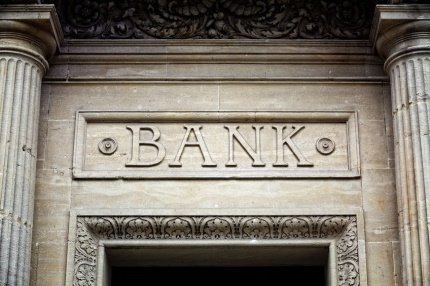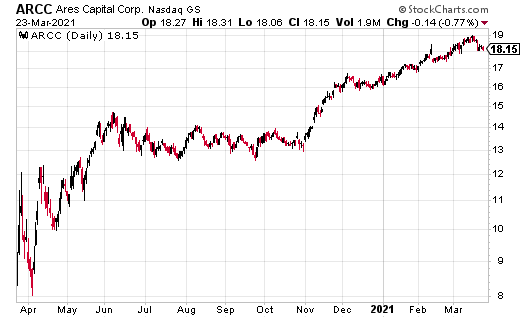With interest rates on the rise, there are worries that the value of high-yield investments will decline. For bonds and bond funds, that is definitely the case—bond prices go down when interest rates go up. Many investors know that truth; however, the rules that apply to one type of income investment are not universal across the high-yield universe. Like any structural change in the investing world, higher interest rates will produce winners and losers.
Financial companies such as banks and other lenders should experience higher profit levels with higher interest rates. Meager rates put a cap on what lenders can charge for all types of loans—except for credit cards, that is!
Business development companies (BDCs) are a special type of finance business. BDCs operate under special laws, with the goal of improving small- to medium-sized corporations’ access to capital. BDC clients cannot get loans from banks and cannot access the public debt markets.
Like real estate investment trusts (REITs), BDCs operate as pass-through entities. This feature means they must pay out at least 90% of net investment income as dividends to investors. Another BDC rule limits the use of leverage to no more than two times equity. The low leverage prevents the BDC universe from being caught in any type of interest rate squeeze.
Most BDCs lend to client companies at variable rates. When interest rates rise, the interest income from a company’s portfolio will increase. With a well-managed portfolio, a BDC should experience rising net investment income as rates increase—for both the loans to clients and the debt that funds the portfolio.
As an example, Ares Capital Corp (ARCC), the largest BDC, recently reported a weighted average yield on its income-producing securities of 9.1%. The net interest paid on debt was 3.4%. Net interest margin came in at 6.5%. In addition, ARCC was leveraged to 1.2 times equity, so the 6.5% spread was earned on about 40% of the portfolio, and the company’s equity made the full 9.1%.
The point to understand is that as rates go up, the interest rate spread and net investment income for a well-run BDC should increase. Since most of the net investment income goes out as dividends, investors will also see dividend growth from the higher quality BDCs.
When researching the different companies in the BDC world, look for internal management (most are externally managed, with higher fees) and a long-term track record of either dividend growth or paying special dividends when profits allow.
Currently, there are three BDCs on my Dividend Hunter recommendations list. I view these as the top picks out of the 50 or so listed on the stock exchanges.







